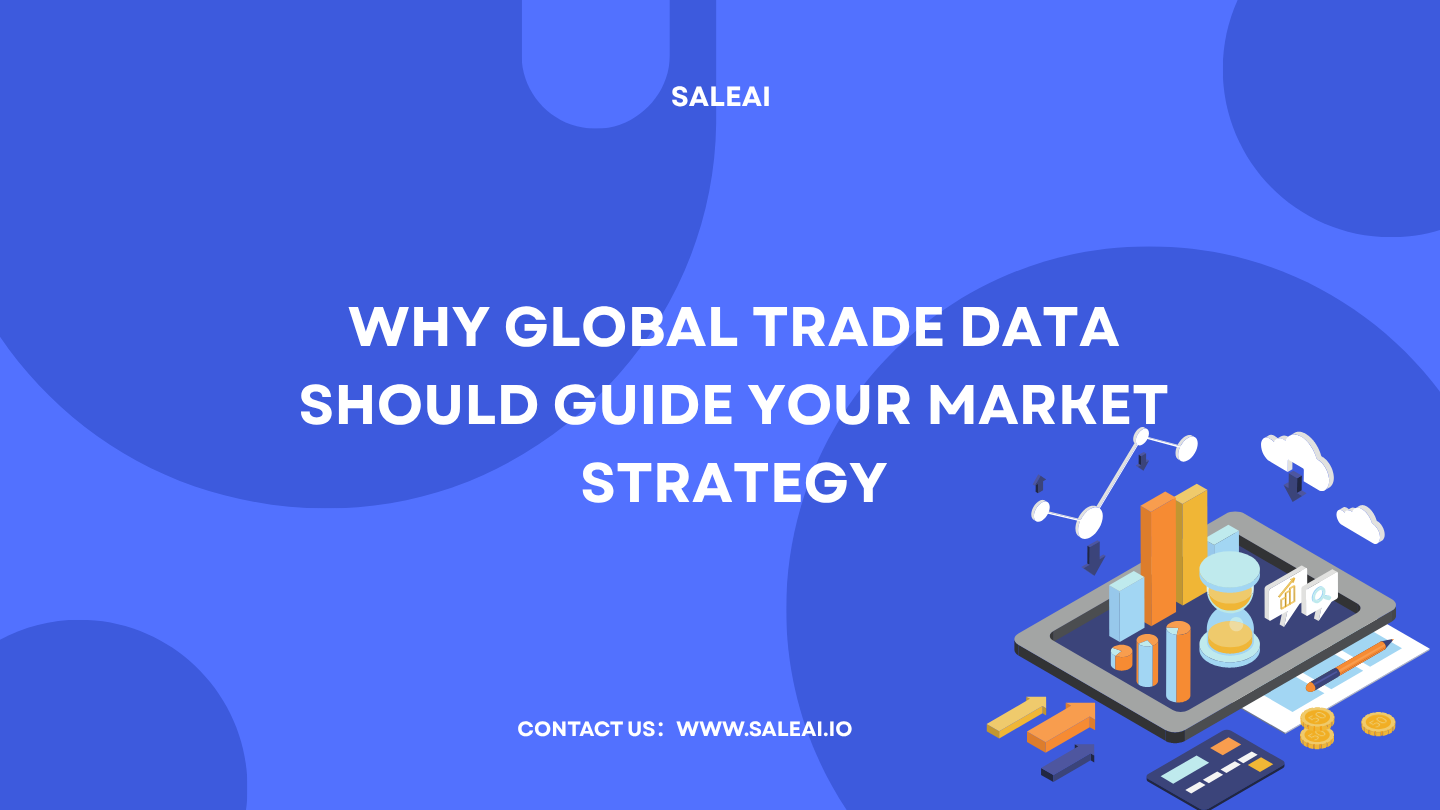
If you're making decisions based on instinct or outdated reports, you're falling behind.
Global trade datagives you real-time indicators of market demand, buyer activity, and supply shifts—so your strategy aligns with reality.
When to Use Global Trade Data
Use it before:
-
Launching in a new country
-
Planning your export pricing
-
Choosing between multiple regional distributors
-
Deciding which trade show or buyer list is worth your time
Use it during:
-
Quarterly market performance reviews
-
Competitor benchmarking
-
Supplier screening or due diligence
-
Channel partner evaluation
Use it after:
-
A new product launch (to validate traction)
-
Receiving an inquiry (to assess buyer legitimacy)
-
Shipment issues (to trace supply disruptions)
What Global Trade Data Actually Reveals
Forget broad “market potential” estimates.
With the right dataset, you can see:
-
Who's importing what, and how often
-
Top destinations by product type
-
Procurement volumes over time
-
Emerging trends by HS code or keyword
-
Which companies buy from which regions
These insights make vague strategies actionable.
How SaleAI Turns Data Into Action
SaleAI simplifies trade data in 3 steps:
-
Search:Enter product keywords or HS codes
-
Filter:Narrow by country, date range, volume
-
Analyze:Instantly view visual trends, buyer lists, and top-performing regions
No spreadsheets. No manual cleanup.
What Sets SaleAI Apart
| Feature | Traditional Tools | SaleAI |
|---|---|---|
| Static PDF reports | ✅ | ❌ |
| Live buyer filtering | ❌ | ✅ |
| AI-generated summaries | ❌ | ✅ |
| Integration with outreach tools | ❌ | ✅ |
You don't just get numbers. You getnext steps.
Final Thought
Global trade data is no longer optional.
It's a core layer of every competitive sales strategy.
SaleAI helps yousee the market as it is—not as you hope it is.
Whether you're exporting screws or solar panels, the right data puts you ahead.




